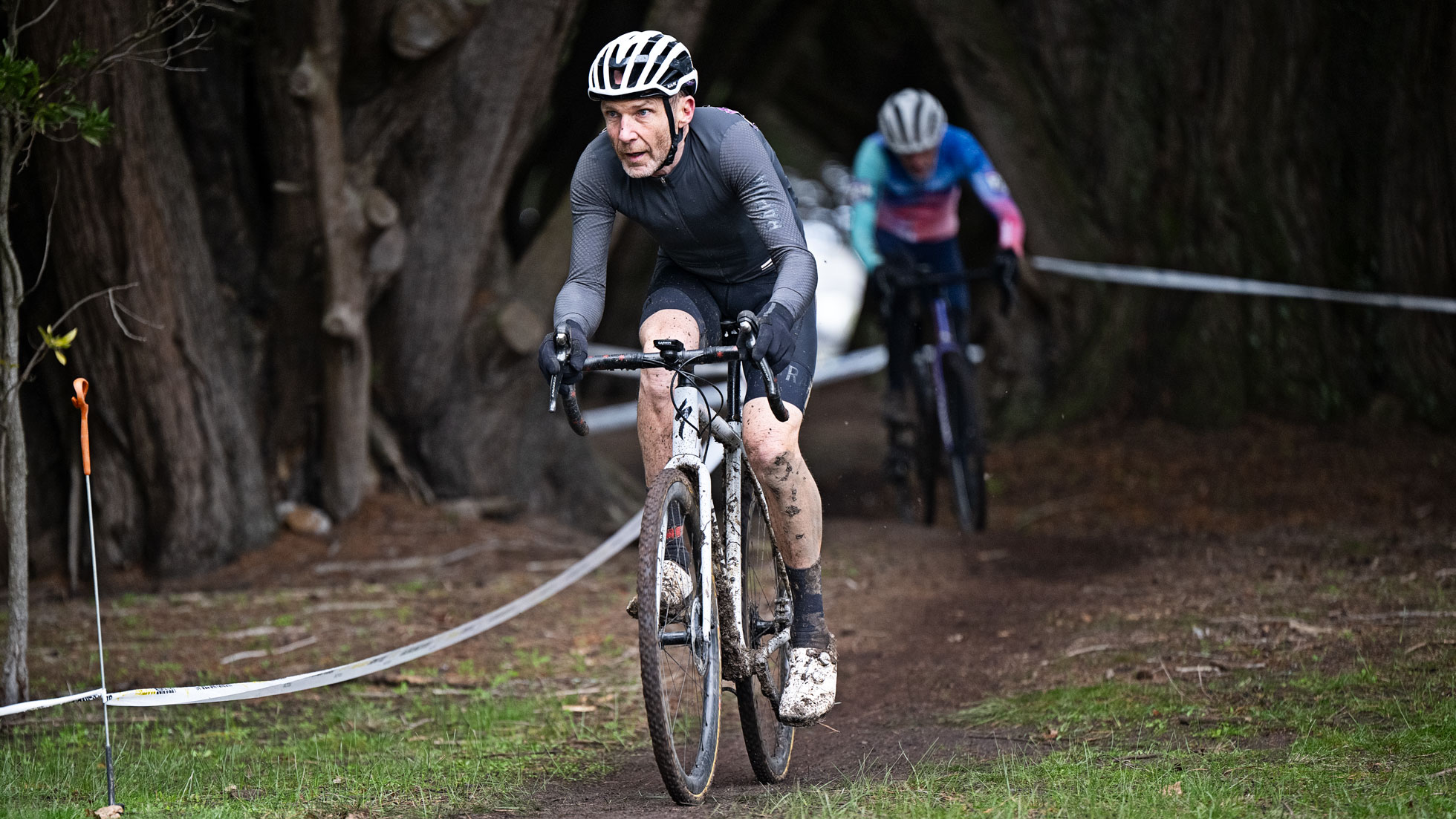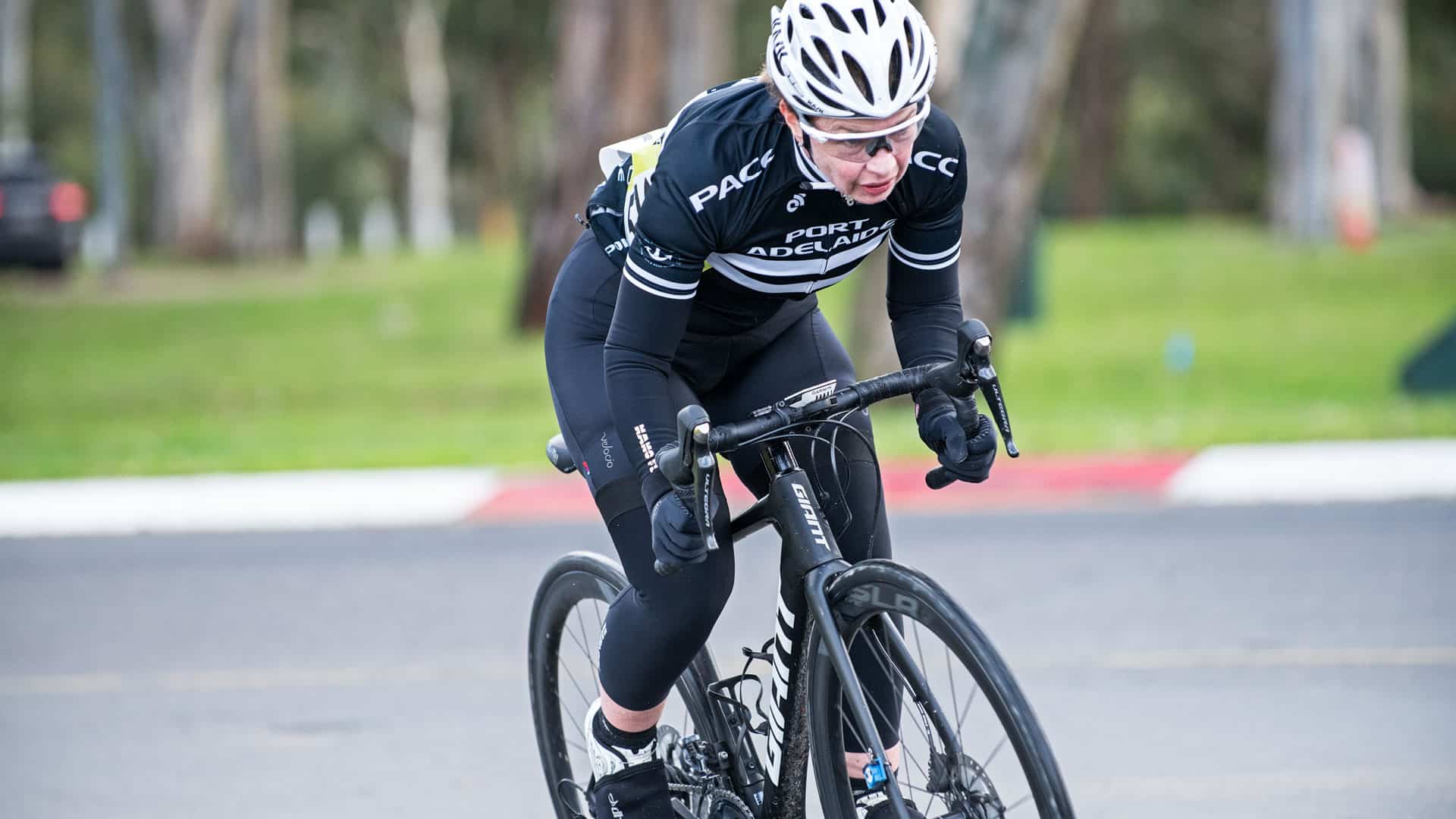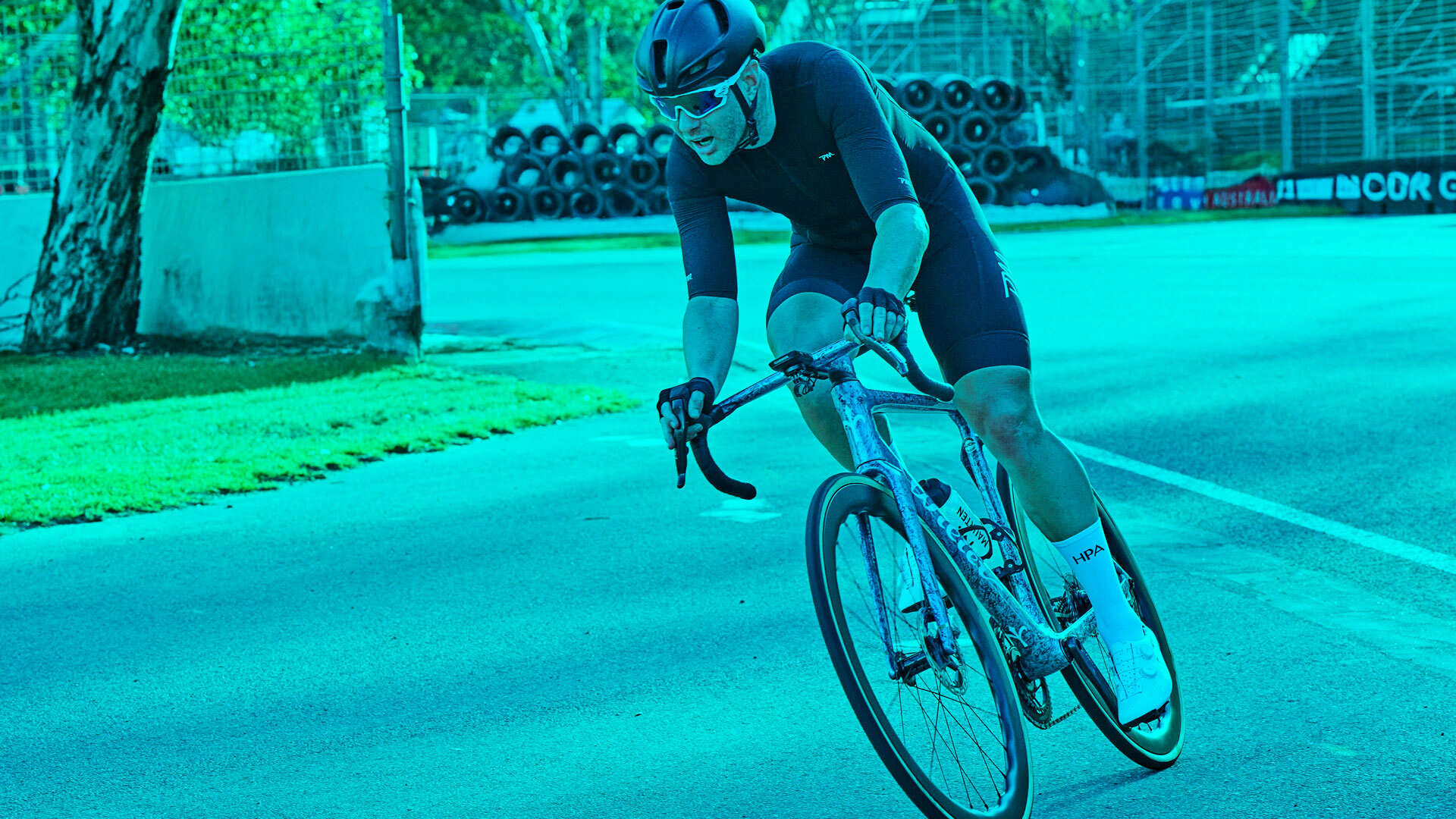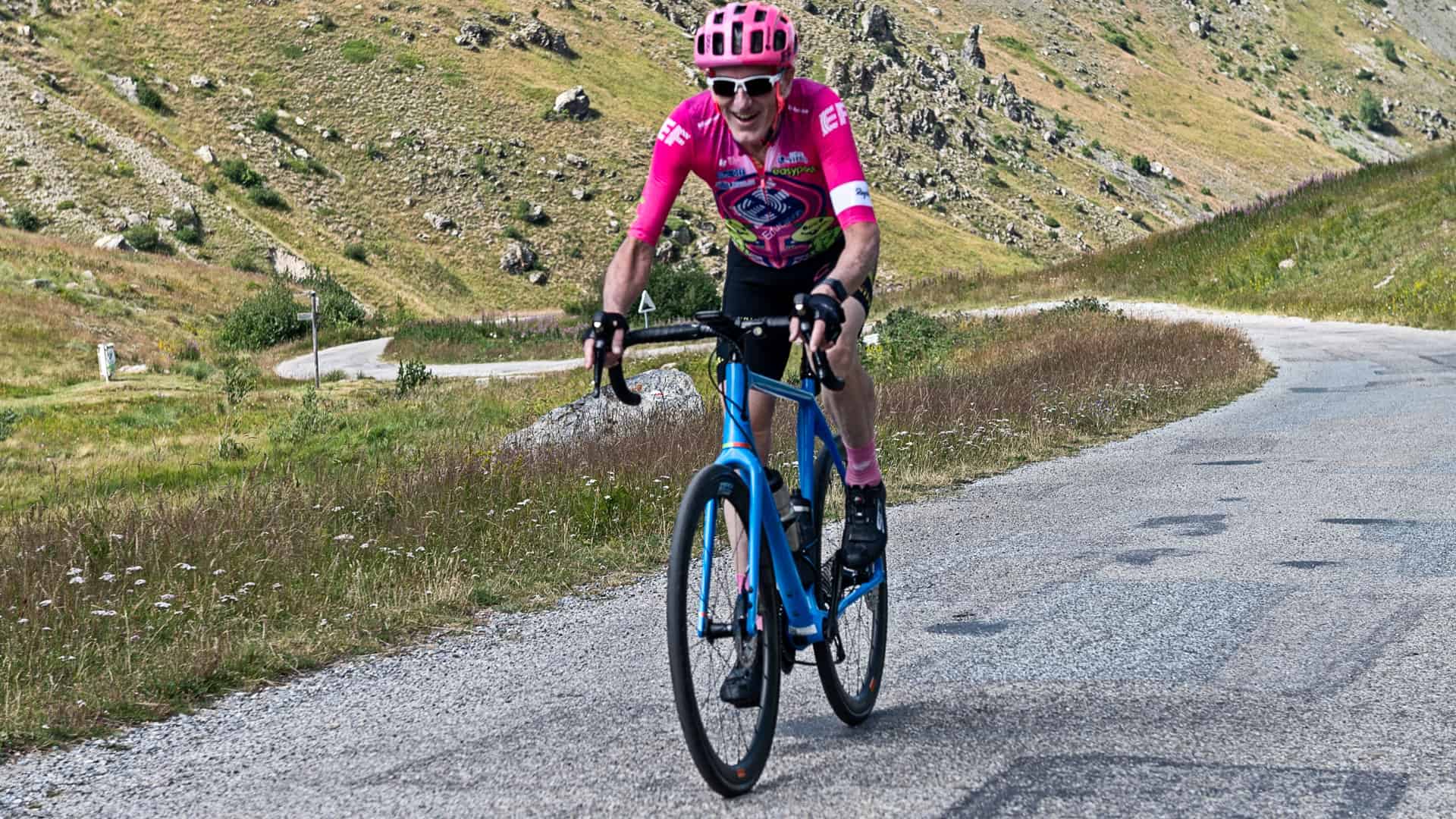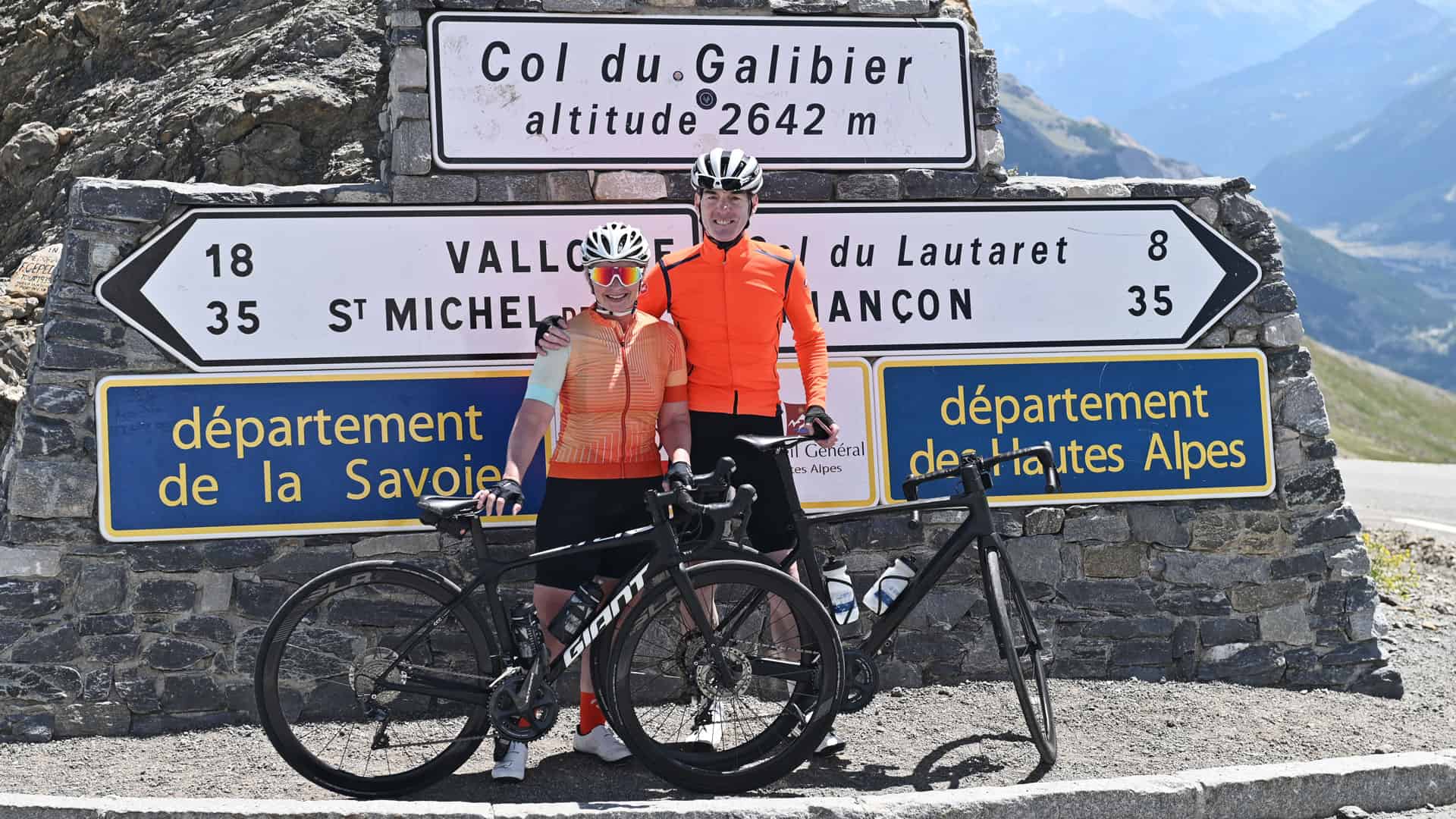The Physiology Behind Winning the Tour de France and How INSCYD Testing Turns Insight into Action
Why “big numbers” don’t tell the whole story
Every July we gawk at jaw-dropping power files: 20-minute climbs at 6–7 W/kg, sprint lead-outs that melt chains, and time trials ridden at speeds most of us only see on the back of a motorbike. Those posts are exciting, but they’re also incomplete. What you see on Strava or social media is a fragment of the story, often shaped by the rider’s role that day, team tactics, accumulated fatigue, and even power-meter quirks like temperature drift and calibration. All of those factors can bend the numbers, making it risky to reverse-engineer physiology from a single heroic effort.
A smarter approach is to start with the numbers, but then ask a better question: what physiology produces those numbers reliably over three weeks? That’s the shift this talk makes moving from descriptive data to the underlying metabolic requirements, then translating that into training and testing you can actually use.
What Grand Tours really demand
Descriptive analyses across the Giro, Vuelta and Tour show that GC riders post strikingly similar power-duration profiles across the three Grand Tours. That confirms the obvious: to contend for yellow, pink or red, you need world-class power at every duration that matters. But those datasets also have limits; they’re descriptive, not causal. They can’t tell you why a rider can still deliver in the third week or why another fades.
“Fatigue resistance” is often credited for late-stage excellence, but some of what looks like fatigue resistance is actually race context: GC leaders are protected early, so their late-stage “after kJ” power may under-represent true maximal capacity. Without careful physiological linking, it’s easy to misread raw files.
The antidote is mechanistic profiling, connecting the dots between watts and the metabolic machinery that produces them.
From data to physiology: the two levers most amateurs overlook
Big aerobic engines are necessary, but not sufficient. In a case-study framework using published lab data, Chris Froome’s profile (VO₂max ~88 ml·kg⁻¹·min⁻¹, high gross efficiency, relatively low glycolytic rate) was contrasted with Oscar Svensson’s enormous aerobic capacity and much higher glycolytic power. The key insight: the mix matters, how much power you can make aerobically, how much your glycolytic system contributes (VLaₘₐₓ), and how efficient you are at turning oxygen into speed (gross efficiency).
To turn race speed into power for modelling, the analysis used the Martin power–speed model, a well-validated approach in cycling aerodynamics and performance estimation.
Time trials: when the numbers look similar…but aren’t
In a flat ~30.8 km TT reconstruction, the estimated demands were roughly ~438 W for Froome vs ~460 W for Svensson, close enough to call it a draw on paper. Both efforts sat above steady state, producing progressive lactate accumulation to end-values around 10.6 mmol·L⁻¹ (Froome) and ~12 mmol·L⁻¹ (Svensson), typical for this kind of maximal TT.
Critically, carbohydrate availability was not the limiter in this scenario. For a stage of this length, total glycogen on board dwarfs the carbohydrate cost of the effort, meaning the difference-maker isn’t just “who can eat more gels,” but who spends carbs more economically per watt.
Mountains: where fuel economy wins Grand Tours
Things change dramatically when you stack hours of vertical into a stage. Across a mountainous run-in plus a decisive final climb, the rider with lower carbohydrate cost per watt and a tamer VLaₘₐₓ can ride the same absolute power for less carbohydrate, or a higher sustainable power for the same carbohydrate. Svensson’s profile used more carbs at any given power than Froome’s, and as total altimetres mounted, the need for carbohydrate overtook the available (stored + ingestible) supply, a recipe for enforced pacing down-shifts or blowing entirely. Froome’s profile stayed on the right side of that ledger.
That “carb economy” gap is why Grand Tours reward metabolic optimisation, not just giant engines.
The physiology of a GC winner (and what you should aim to optimise)
1) VO₂max: very high, but not the entire story
Tour winners and podium contenders live at the far right tail of aerobic capacity. You need a huge ceiling just to be in the conversation.
2) VLaₘₐₓ: optimise, don’t maximise
A sky-high glycolytic rate (VLaₘₐₓ) boosts sprint and punch, but at GC time scales, it taxes carbohydrates too heavily. A pragmatic upper bound around ~0.40 s⁻¹ appears more compatible with three-week success than very high values.
3) Gross efficiency: the quiet king
Raising gross efficiency (GE) shifts your lactate-steady-state power to the right, meaning more watts for the same internal cost. In modelling examples, even moving 21% → 23% (a realistic pro-level change) produced a pronounced right-shift in the lactate curve and a tangible bump in sustainable power.
4) Leanness, responsibly achieved
Lower (healthy) body-fat supports climbing economy over three weeks. It’s part of the picture, not the whole picture.
5) Fuel strategy, realistically applied
In pro contexts, ~110–120 g·h⁻¹ carbohydrate intake is now standard. Not every gram you ingest is oxidised; a reasonable working assumption is ~75% oxidation of exogenous carbohydrate, which should inform your fuelling maths on long mountain days.
6) The “everything else” that still matters
Team strength, high-performance culture, tactics, staying healthy, and world-class recovery processes still decide tight GC battles, physiology loads the dice, but the team throws them.
Training implications you can use this season (grounded in physiology)
Raise VO₂max without spiking VLaₘₐₓ
High-intensity work remains one of the best levers for VO₂max, even in well-trained riders, but if you overload short, very-intense repeats you risk driving VLaₘₐₓ up as collateral. Prioritise 2–5 minute intervals in the ~90–100% VO₂max range, accumulating a large total duration in that zone while limiting neuromuscularly explosive work that hammers the glycolytic system.
Keep VLaₘₐₓ in check (and know when to let it rise)
To lower VLaₘₐₓ, emphasise aerobic volume, control intensity, and be cautious with frequent short sprints or strength protocols that bias glycolysis (e.g., long-set, moderate-rep “pump” work). In contrast, if you need a sharper kick for a specific target, very short (10–20 s) maximal reps with long rests can increase VLaₘₐₓ efficiently. Use these strategically during the year.
For strength work during GC-or endurance-focused phases, steer toward high-load, low-rep, long-rest sets to protect against unintended glycolytic up-regulation.
Improve gross efficiency, power you can feel.
Two proven levers to push GE upward:
- Accumulate work smartly, consistent, well-organised training over months, not weeks.
- Max strength, short sets, heavy loads, full recoveries.
Shifts from ~21% to ~23% have been documented in elite datasets and, when modelled, meaningfully lift steady-state power and trim carbohydrate cost for the same watts.
Fuelling for success (without myths)
On long Alpine days, plan around 110–120 g·h⁻¹ of carbohydrate intake, but remember your muscles may only oxidise ~75% of what you take in, so your effective fuel rate is lower. That’s why two riders “eating the same” can experience very different late-climb realities.
Heat and dehydration increase carbohydrate use at a given workload, effectively raising the fuel “price” for the same power. Your race-day fuelling plan should be heat-adjusted.
Periodise what you manipulate and measure it.
How fast you can lower VLaₘₐₓ or bump VO₂max is individual. The only reliable way to steer the ship is to measure your metabolic profile regularly and iterate. That’s modern coaching: science-informed, data-verified, and athlete-specific.
Bringing it together with real-world race examples
Carapaz (20-min climb ~400 W ≈ 6.4 W·kg⁻¹) and Vingegaard (Col de Marie-Blanc ~6.9 W·kg⁻¹) illustrate the height of the bar for GC power, enormous numbers, yes, but still only the surface of a deeper physiological iceberg.
Pogačar on Plateau de Beille (~455 W ≈ 7 W·kg⁻¹) reinforces the “big engine” theme, but again, those outputs can’t be interpreted in isolation without considering device accuracy, weather, role, and fatigue.
In a TT-like context, both a high-VO₂max, high-VLaₘₐₓ rider and a slightly lower-VO₂max, lower-VLaₘₐₓ rider can post similar speeds, until the road tilts skyward for hours and total altimetres push carbohydrate demand past availability. That’s when metabolic economy, not just chassis size, wins.
What this means for you (even if you’re not chasing yellow).
Whether you’re aiming for a Gran Fondo PB, a European cycling tour, or local state titles, the levers are the same:
- You need a big aerobic base (VO₂max).
- You need a controlled VLaₘₐₓ for the riding you do.
- You benefit from higher gross efficiency, so every litre of oxygen buys more speed.
- You must fuel to the demands of the terrain, the temperature, and your unique physiology.
Those aren’t guesses, they’re measurable, trackable variables you can train with precision.
Why INSCYD testing is the fastest path from goals to gains.
A session of INSCYD testing gives you the full metabolic fingerprint behind your power:
- VO₂max and VLaₘₐₓ (how big your engine is and how it spends carbs)
- Modelled lactate dynamics (where steady state truly sits, how quickly you accumulate and clear)
- Carbohydrate vs fat utilisation at each intensity (so fuelling plans are personalised)
- Performance modelling that converts your physiology into race-relevant pacing for TTs, climbs and stage profiles
Armed with that, we can:
Set training that moves the right lever, in the right season. Need more TT power without “over-glycolysing”? We’ll bias 2–5 min VO₂max work and cap explosive repeats. Need final-hour punch for hilly fondos? We’ll plan a block that strategically raises VLaₘₐₓ, then trims it back before your A-race.
Build fuelling plans that match your substrate use. If your exogenous oxidation tops out near ~75% of intake, planning “120 g·h⁻¹” without that reality check can still leave you short, especially in the heat. We’ll calibrate your carbs to the course and climate.
Track progress with re-testing. Adaptation speed varies by athlete, so we schedule regular checks and adjust your program accordingly.
Frequently asked questions (quick hits)
“Will INSCYD help if I’m not a pro?”
Yes. The same levers that decide Grand Tours decide your Gran Fondo day: VO₂max, VLaₘₐₓ, efficiency, and fuelling. We just tune them to your goals and life constraints.
“I’m targeting steep climbs. Should I lower VLaₘₐₓ?”
If the event rewards steady climbing, yes, you’ll likely do better with a moderated VLaₘₐₓ so your carb cost per watt is lower. ~0.40 s⁻¹ is a sensible upper edge for long-range targets.
“How much should I eat per hour?”
Start with 110–120 g/h if riding at very high intensities. Then adjust based on your oxidation capacity and the heat. We’ll personalise this from your test results.
“What if I need more punch?”
We can periodise short, high-power work to raise VLaₘₐₓ for a targeted block, then bring it back down before your key event. The art is in timing and dose.
Ready to turn data into results? Book your INSCYD test with me.
If you’ve read this far, you’re serious about riding faster for longer, without guesswork. INSCYD testing lets us pinpoint the exact limiter for you, design training that moves the right lever, and dial your fuelling so you finish strong when it counts.
What you get:
- Full INSCYD metabolic profile (VO₂max, VLaₘₐₓ, lactate dynamics, substrate use)
- Personalised training block aimed at your primary limiter (and event)
- Race-day fuelling plan built from your oxidation data
- Follow-up review to convert insights into day-by-day action
Contact me to book your INSCYD test now. Let’s find your winning physiology, and make it show up on race day.
References to the webinar analysis and modelling are drawn from “The Physiology Behind Winning the Tour de France. From Data to Action,” including caveats on social-media power files, TT and mountain-stage modelling with the Martin power–speed equation, VLaₘₐₓ/VO₂max interactions, practical fuelling ranges (110–120 g·h⁻¹ with ~75% exogenous oxidation), and the role of team/tactics, efficiency and leanness in GC success.

